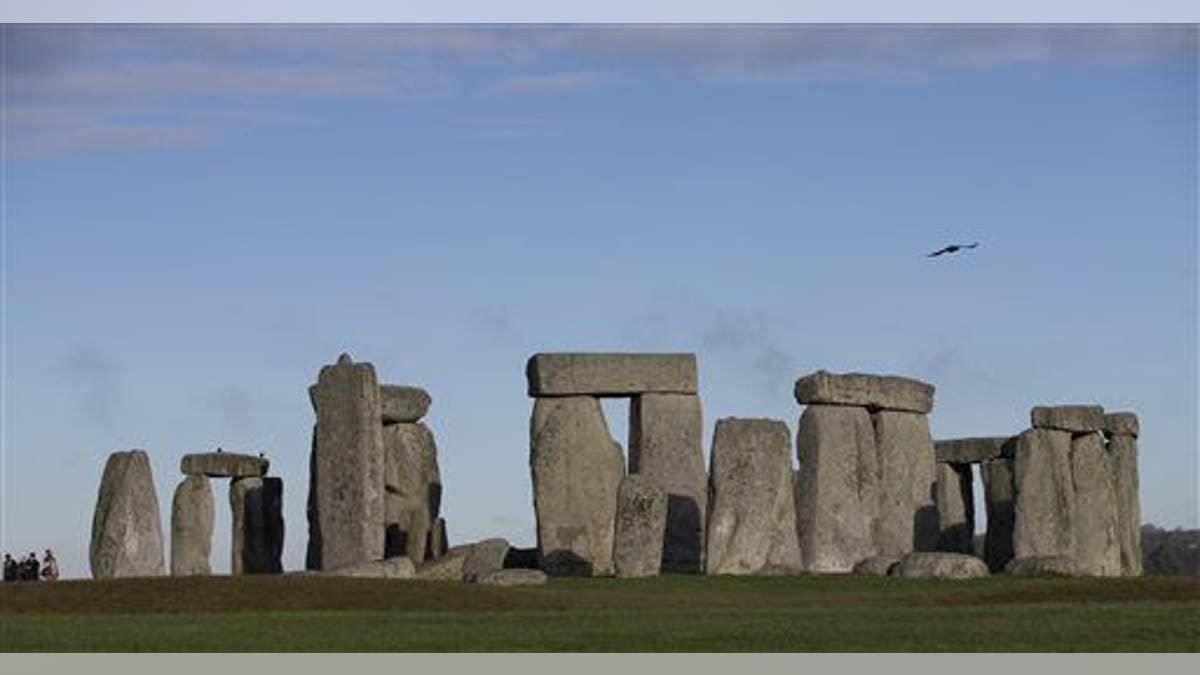
Visitors take photographs of the world heritage site of Stonehenge, England, Tuesday, Dec. 17, 2013. (AP Photo/Alastair Grant)
For nine decades, it's been established that many of Stonehenge's smaller rocks hail from the Preseli Hills in Wales. Now, a newly published study says that we've been wrong about an outcrop that has been accepted as a specific source since 1923.
And the new research, published in February's issue of Journal of Archaeological Science, suggests the rocks—known as bluestones, of which there are many types—may not have been transported there by humans at all.
As head researcher Dr. Richard Bevins explains, in 1923, geologist H.H. Thomas identified Carn Meini as the source of spotted dolerite bluestones, but a new analysis of the rocks' chemical makeup has fingered Carn Goedog as the true home of at least 55% of those used at Stonehenge, reports Planet Earth.
Bevins describes the realization as "astonishing because this has not been questioned since the original publication by Thomas." The BBC reports that in 2011, Bevins' team pinpointed the source of another of type of Stonehenge's bluestones, called rhyolites, about two miles away from Carn Goedog at Craig Rhos y Felin.
And if those are the true origins, "it does bring into question the stones being transported by rafts down to the Bristol Channel, because both of these outcrops lie on the northern side of the Preseli Hills," meaning they would have to be dragged across the hills' summits to access the water.
The alternate explanation: that an ice age glacier transported the rocks. But Bevins isn't ready to sign on to that theory, telling the BBC in November that "we've located two of the sources, and there's another five or possibly six to go. By the time we have identified those then I'm certain we'll have an answer." Click for more on Stonehenge's mysteries.
More From Newser
